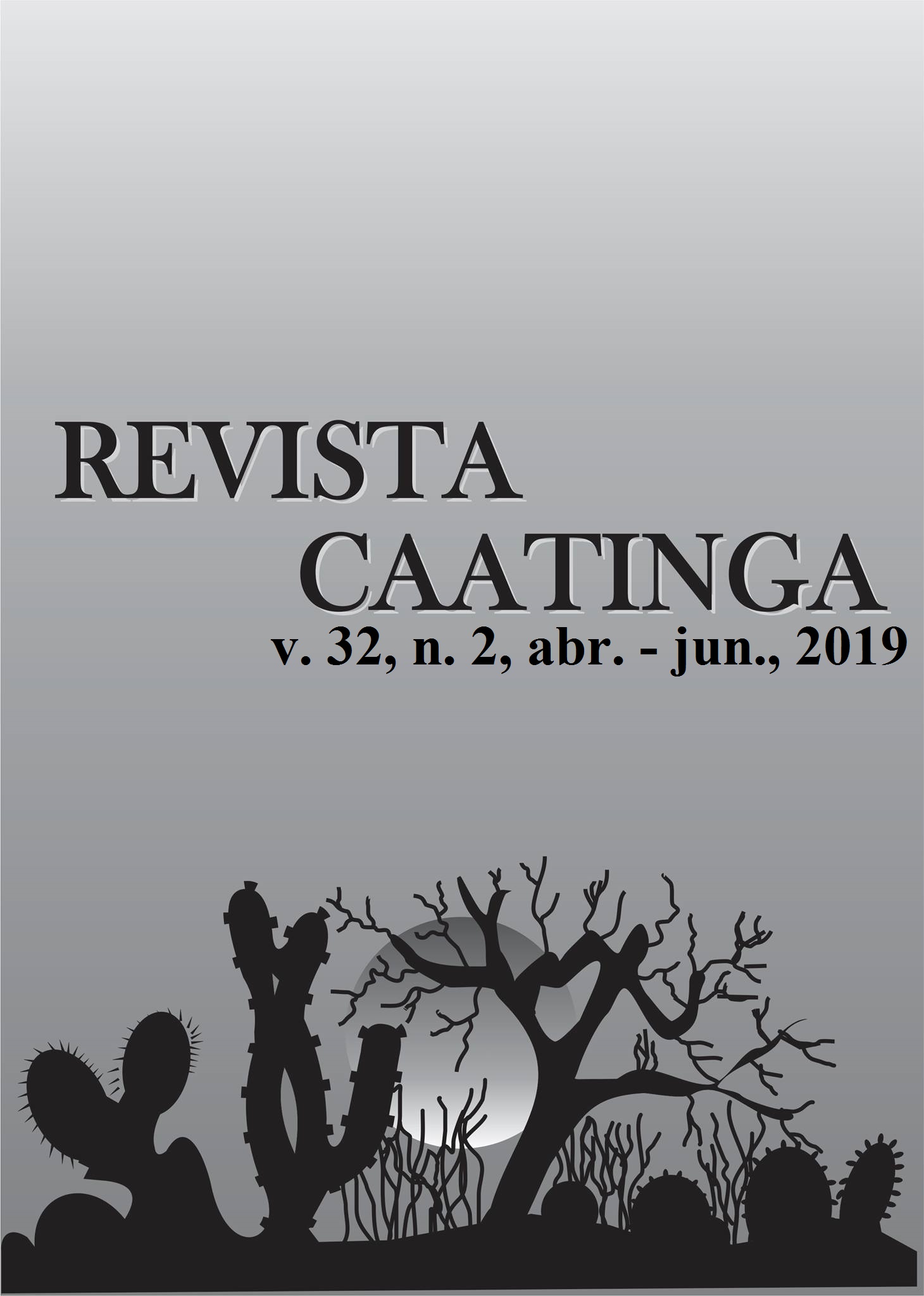CONTACT TOXICITY OF ESSENTIAL OIL OF Croton pulegiodorus BAILL ON Sitophilus zeamais MOTSCHULSKY
DOI:
https://doi.org/10.1590/1983-21252019v32n205rcKeywords:
Botanical insecticides. Euphorbiaceae. Maize storage. Curculionidae.Abstract
The objective of this work was to evaluate the contact toxicity of essential oil of Croton pulegiodorus Baill on six populations of Sitophilus zeamais Motschulsky. The S. zeamais populations used were from Crixás-GO, Espírito Santo do Pinhal-SP, Juiz de Fora-MG, Picos-PI, Serra Talhada-PE, and Vicentina-MS, Brazil, and present different susceptibility to synthetic insecticides. The essential oil of C. pulegiodorus used was obtained from plants collected in Triunfo-PE, Brazil. The lethal concentrations (LC50 and LC90), toxicity ratio of the essential oil, and the resistance ratio of the populations were estimated. The S. zeamais population from Serra Talhada-PE presented the lowest LC50 (4.21 μL 20 g-1) and LC90 (6.67 μL 20 g-1), and was the reference for susceptibility to the essential oil of C. pulegiodorus. The S. zeamais population from Espírito Santo do Pinhal-SP presented the highest LC50 (6.02 μL 20 g-1) and LC90 (10.55 μL 20 g-1), and was the reference for tolerance to the essential oil of C. pulegiodorus. The toxicity ratio ranged from 1.01 (Picos-PI) to 1.43 (Serra Talhada-PE); and the resistance ratio ranged from 1.13 (Crixás-GO) to 1.43 (Espírito Santo do Pinhal-SP). The essential oil of C. pulegiodorus reduced the emergence of adult S. zemais and showed residual effect, with contact toxicity, after 30 and 60 days of application.
Downloads
Downloads
Published
Issue
Section
License
Os Autores que publicam na Revista Caatinga concordam com os seguintes termos:
a) Os Autores mantêm os direitos autorais e concedem à revista o direito de primeira publicação, com o trabalho simultaneamente licenciado sob a Licença Creative Commons do tipo atribuição CC-BY, para todo o conteúdo do periódico, exceto onde estiver identificado, que permite o compartilhamento do trabalho com reconhecimento da autoria e publicação inicial nesta revista, sem fins comerciais.
b) Os Autores têm autorização para distribuição não-exclusiva da versão do trabalho publicada nesta revista (ex.: publicar em repositório institucional ou como capítulo de livro), com reconhecimento de autoria e publicação inicial nesta revista.
c) Os Autores têm permissão e são estimulados a publicar e distribuir seu trabalho online (ex.: em repositórios institucionais ou na sua página pessoal) a qualquer ponto antes ou durante o processo editorial, já que isso pode gerar alterações produtivas, bem como aumentar o impacto e a citação do trabalho publicado (Veja O Efeito do Acesso Livre).







